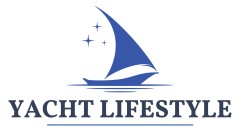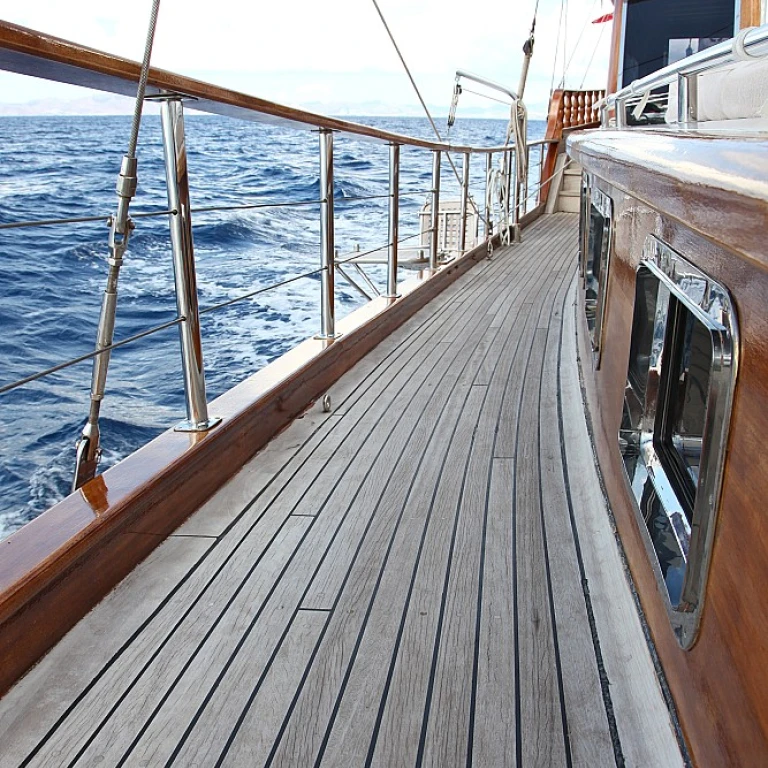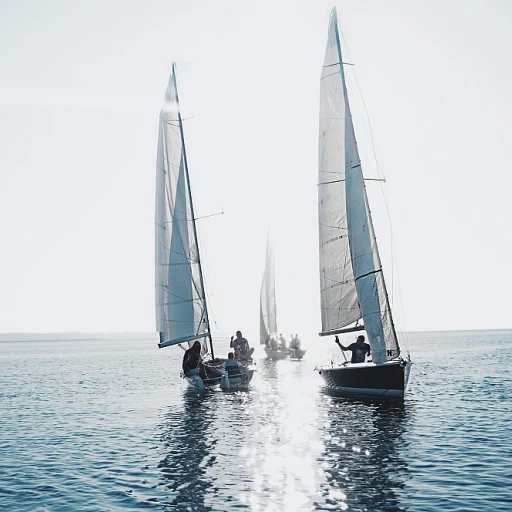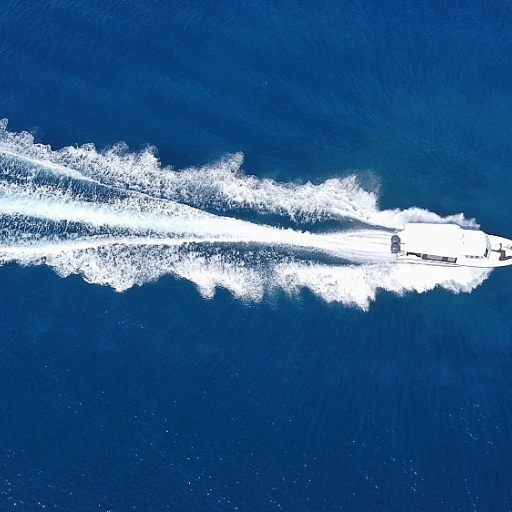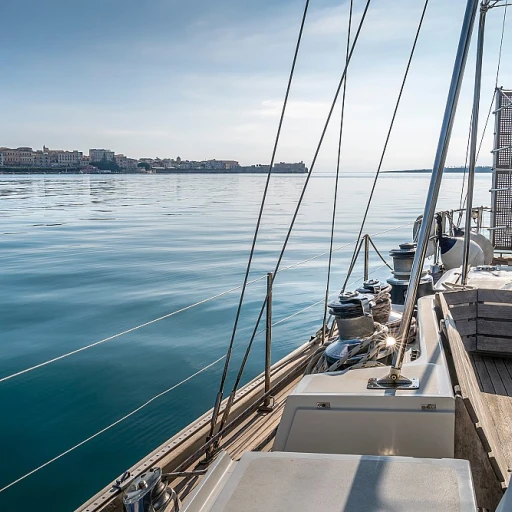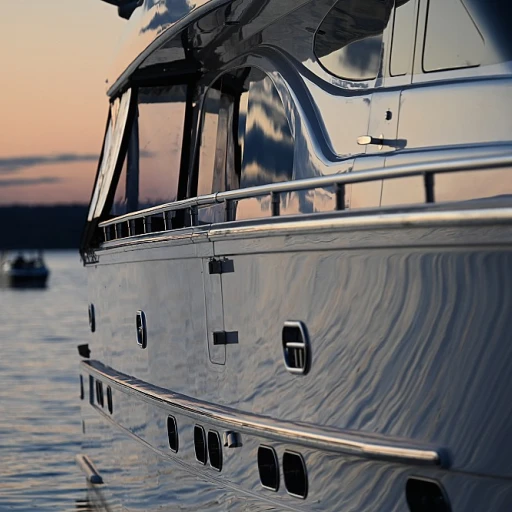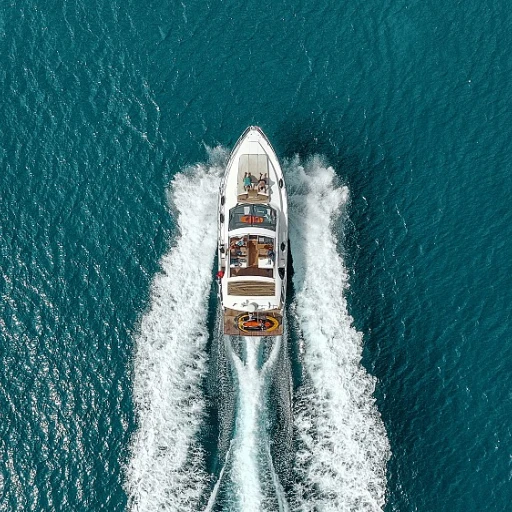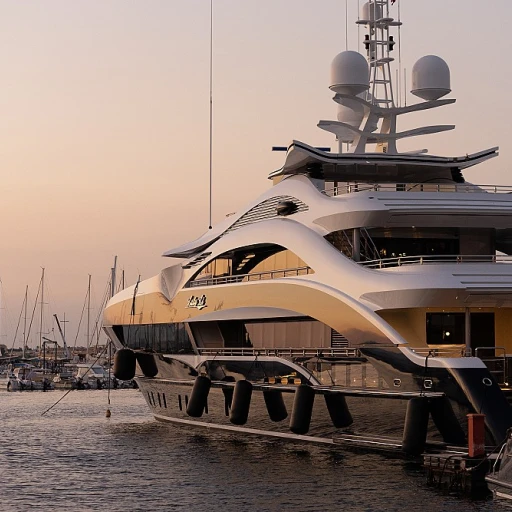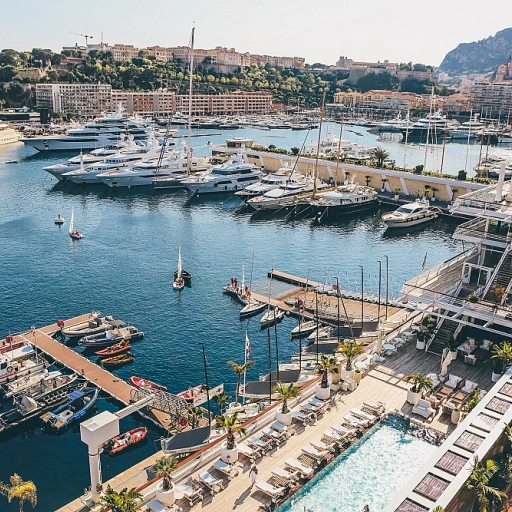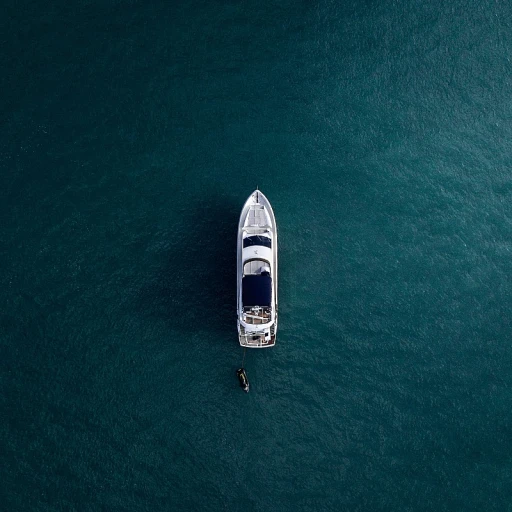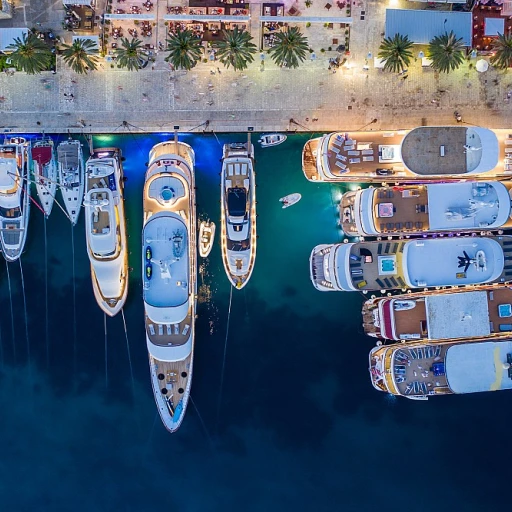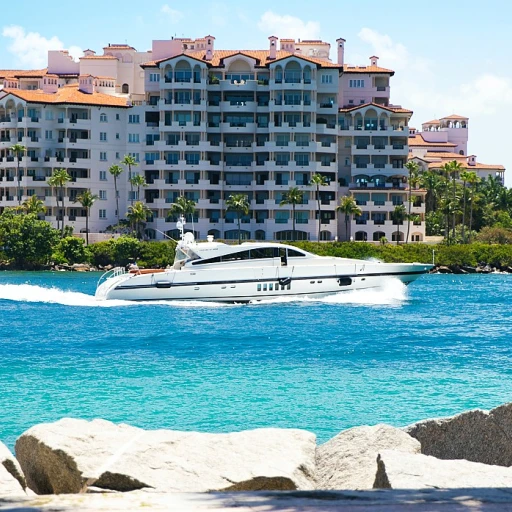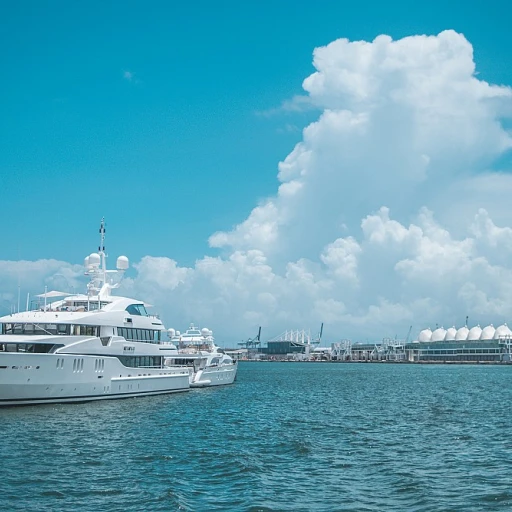The Role of a Bow Roller in Yacht Anchoring
The Critical Function of a Bow Roller in Yacht Anchoring
When it comes to yacht anchoring, the bow roller plays a pivotal role in ensuring a secure and efficient process. This essential component helps guide the anchor smoothly over the bow, minimizing potential damage to the hull and deck. The roller's design allows the anchor to pivot effortlessly, reducing the risk of scraping or chipping the boat's finish.
Bow rollers are designed to handle various anchors, accommodating different boat lengths and weights. They are crucial in maintaining the stainless steel integrity of the anchor chain and rope, preventing wear and tear. This component's effectiveness can be a deciding factor for yacht owners when considering the current price and model of their anchoring system.
Choosing the right bow roller involves understanding its compatibility with your yacht's specific requirements. Factors like the original price, stoltz bow materials, and roller bells design can significantly impact the anchoring process. It's not just about adding to your cart; it's about making an informed decision that aligns with your yacht's needs.
For those interested in enhancing their sailing experience, considering innovations in roller furling systems can complement the efficiency of your bow roller, ensuring a seamless anchoring experience.
Design Variations and Their Impact
Exploring Bow Roller Designs and Their Implications
When selecting a bow roller for your yacht, it's important to understand how various design variations can affect the performance and functionality of your anchoring system. While the primary purpose remains consistent—to guide and secure the anchor as it is lowered and raised—innovations in design can significantly influence ease of use and durability. One of the most common designs is the pivoting roller, which allows the anchor to easily pivot into place or out of the bow, reducing manual handling and the potential for damage to the boat. The inclusion of stainless steel in many of these models ensures durability against harsh maritime conditions. Stainless steel bow rollers not only offer longevity but also contribute to the aesthetic finish of the boat. Another popular design involves the use of stoltz bows, known for their efficiency and smooth operation. Bow roller designs can also vary depending on the length of the boat. Larger yachts may require more substantial rollers to accommodate the additional weight and size of the anchor. It's crucial to select a bow roller that matches the boat's specifications in terms of anchor weight and boat length, avoiding issues related to improper fit that could lead to score points of failure. When considering a purchase, price is also a determining factor. The current price of these models can vary greatly depending on the material and specific features, with stainless steel options usually sitting at a higher price point. It's important to review the price, add to cart decisions, and check the specifications, ensuring they're suitable for your boat's exact needs. For those interested in upgrading their yacht's electrical system to complement these advancements, explore more through this insightful exploration of how to enhance your yacht's functionality comprehensively. Ultimately, the right choice in bow roller design can prevent potential problems with anchors and ensure a smooth sailing experience. Keep an eye on the current market and the reaction score of each model to guarantee the best performance and value for your investment.Materials and Durability Considerations
Evaluating Materials for Optimal Durability
When considering the materials used in the construction of bow rollers, their durability and resistance to marine conditions are paramount. The choice between different materials can significantly impact the longevity and effectiveness of your yacht's anchoring system. Common materials include stainless steel, which is lauded for its resistance to corrosion and aesthetic appeal. Stainless steel has become a preferred choice for many due to its ability to withstand harsh sea environments and maintain a polished finish. Another popular option is the Stoltz bow roller, known for its resilience and ability to provide a smooth operation. These rollers are often made from polyvinyl or urethane, both of which offer flexibility and cushioning that help minimize wear and tear on the anchor line and boat itself. Despite a potentially higher original price, these materials can offer a practical investment by reducing long-term maintenance costs. Different models of bow rollers can also incorporate pivoting mechanisms, which enhance their functionality by allowing more movement and flexibility when handling an anchor. This design can prevent undue stress on both the roller and the anchor line, contributing to a longer service life. Staying updated with current price and model variations is crucial, especially as materials and manufacturing technologies advance. Innovations in synthetic materials and alloy treatments promise to add further benefits such as improved resilience and reduced weight. As you explore the range of bow rollers, consider how each material and design might affect not only the anchoring performance but also the ease of maintenance and overall cost efficiency. For yacht enthusiasts, understanding these nuances helps make informed decisions that align with boat length, usage, and personal priorities. For guidance on maintaining these components, one might find valuable insights in the essentials of stylish attire for men on yachts as it touches upon the importance of upkeep and presentation in the yachting lifestyle.Installation Challenges and Solutions
Installation Challenges and Effective Solutions
Installing a bow roller on your yacht isn't always a straightforward task, especially given the variety of models like the anchor roller and Stoltz bow roller available in the market. Depending on the boat length and other specifications, the installation process can vary, presenting unique challenges. Here’s a closer look at what’s involved:- Bow Design Compatibility: Not every bow roller fits seamlessly on every boat. The bow's shape and angle can greatly affect the fit. Therefore, it is crucial to choose a roller that complements these features, ensuring a secure and stable installation.
- Material Suitability: Stainless steel is a popular choice due to its strength and corrosion resistance. However, considering the current price and your budget, price add decisions must be weighed carefully, balancing between durability and cost-effectiveness.
- Pivoting Mechanism Alignment: Pivoting features, such as a pivoting bow roller, need precise alignment with the boat’s bow to function efficiently. Misalignment can lead to operational failures, affecting the anchor's smooth deployment and retrieval.
- Points Location and Fixing: Identifying correct points location is critical for securing the roller bells and ensuring proper load distribution. Using inadequate fasteners can impact the overall reaction score of stability and reliability.
- Additional Tools Needed: Implementing a successful installation might require specialty tools not included with the roller. Before proceeding, ensure you have or can easily access these tools.
Maintenance Tips for Longevity
Keeping Your Bow Roller Pristine
Proper maintenance of your bow roller is essential for ensuring its longevity and optimal performance. Here are some tips to keep your roller in top shape:- Regular Cleaning: Saltwater and debris can accumulate on the bow roller, potentially leading to corrosion or mechanical issues. Regularly rinse with fresh water to prevent buildup. For stainless steel models, use a stainless cleaner to maintain a polished finish.
- Lubrication: Applying a suitable lubricant to pivoting points can minimize friction and ensure smooth operation. Ensure the lubricant is compatible with marine environments.
- Inspection: Periodically check for any signs of wear, especially around pivoting components or where the anchor contacts the roller. If any parts look worn or have a low reaction score in performance, consider replacement.
- Replacement Parts: Keep a selection of appropriate replacement parts like rollers or roller bells. Being prepared can prevent the need for an expensive rush purchase.
- Protective Measures: Consider adding a Stoltz bow guard or similar protective measures to minimize wear and tear when anchoring.
